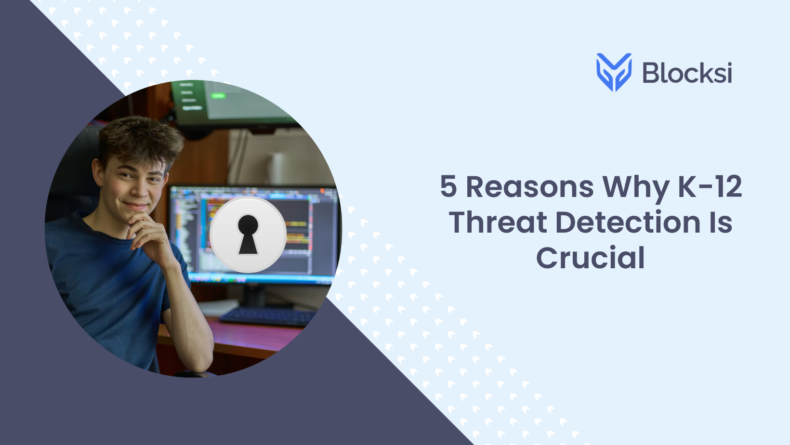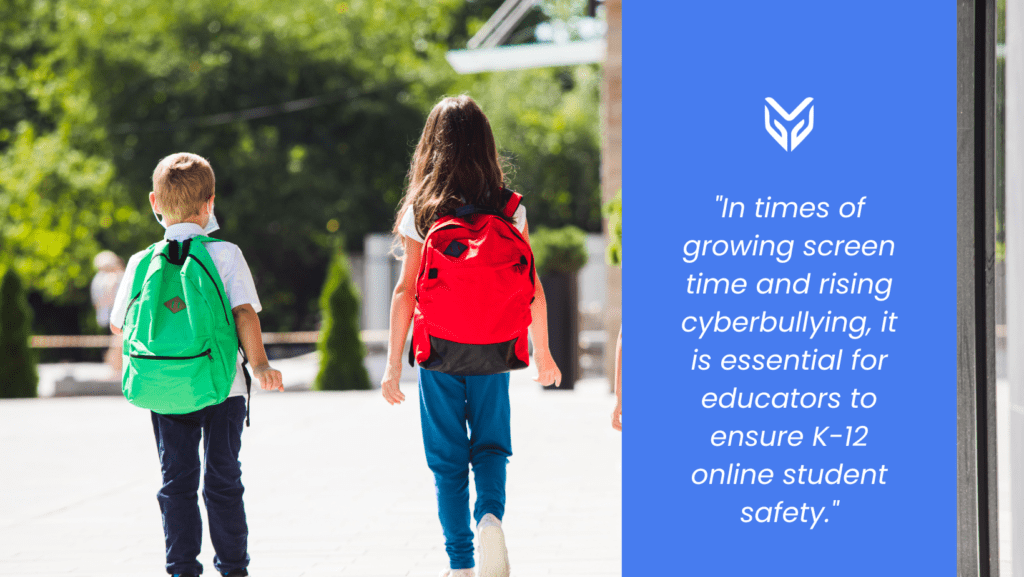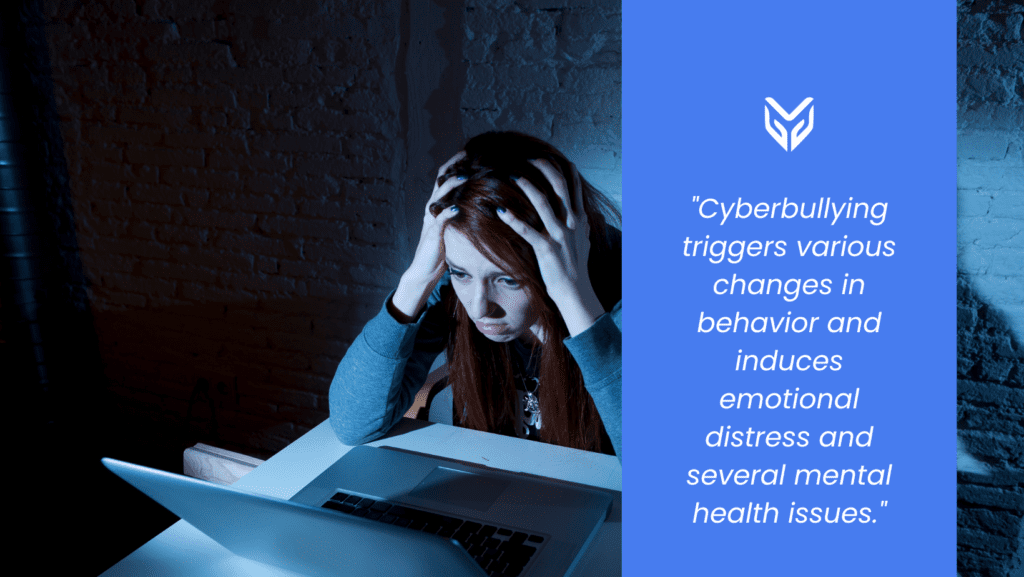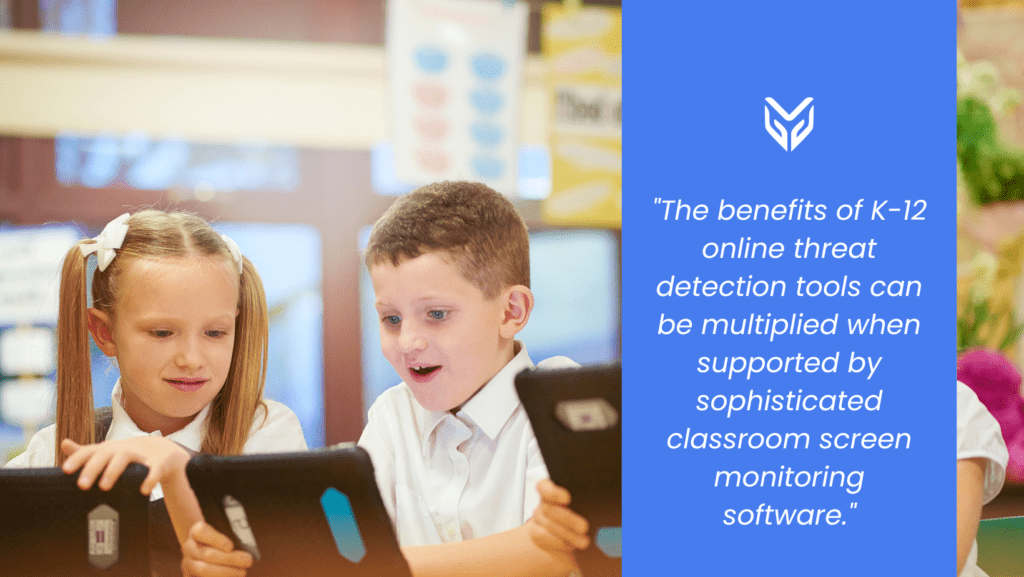NEWS
5 Reasons Why K-12 Threat Detection Is Crucial

The internet has become essential to our everyday routines, and education is no exception. Nowadays, students rely heavily on the internet for research and learning, and teachers use educational technology (EdTech) to better the classroom experience. As a result, educators, tech directors, and administrators have a crucial duty to provide a safe and productive online environment for K-12 students. Especially in numerous 1:1 school districts, where each K-12 student operates their own school device, ensuring student online safety is more important than ever. The modern integration of technology in education has made it necessary for educators to ensure that their students can maximize their learning potential – while remaining safe online. So, efficient K-12 threat detection is essential. Here are 5 reasons why:
#1 K-12 Students Can Be Exposed to Cyberbullying and Online Harassment
Today’s young people face a new form of bullying that is not always visible. Cyber threats are getting more dangerous and numerous, and students can quickly be exposed to cyberbullying and similar online harassment. Cyberbullying has become more prevalent due to the increased amount of time that teens spend on digital devices. And the more time students spend online, the more likely they are to fall victim to cyberbullying.
According to Security.org, 70 percent of parents estimated their kids spend at least four hours daily with screens. And what’s more – 21 percent of these children between the ages of 10 and 18 report being cyberbullied. So, in times of growing screen time and rising cyberbullying, it is essential for educators to ensure K-12 online student safety.

#2 Online Threats Also Include Various Dangerous and Inappropriate Content
Online threats are limited not to just cyberbullying. The internet is often also a ground for thriving inappropriate content. When left unprotected, students can stumble upon materials that may be graphic, explicit, violent, and support harmful ideas. This can include websites that promote discrimination or hate, contain pornographic or violent content, and carry out illegal activities. That is why schools must safeguard students while using school-provided devices and networks.
#3 The Consequences Can Be Serious and Harmful
While such content can be disturbing and harmful even to adults, it can do so much more damage to developing young minds. The bullied students may encounter a multitude of emotional problems. These can have a negative impact on both their social and academic performance and affect their health. Cyberbullying triggers various changes in behavior and induces emotional distress and several mental health issues. Research even shows victims of cyberbullying are more than twice as likely to self-harm and attempt suicide.

#4 K-12 Threat Detection Promotes Better Student Engagement and Classroom Productivity
When students’ online activities are monitored, distractions get eliminated, and student engagement is improved. Students learn and communicate more effectively when given access to relevant media that is linked to the curriculum. And contrary to common assumptions, using technology in the classroom really helps students learn more without being distracted. It helps them focus better, removes outside distractions, and facilitates more effective information transfer.
#5 A Great Fit With Sophisticated Classroom Screen Monitoring Software
The benefits of K-12 online threat detection tools can be multiplied when supported by sophisticated classroom screen monitoring software. This gives teachers more control over students’ online activities and enables them to control the content that may not necessarily be harmful but still remains useless to the learning process. With it, they can guide the lessons and learning process more easily and take advantage of everything EdTech offers. If you want to know more about the main advantages of classroom screen monitoring, check the blog post on its 5 main benefits.

Sufficient K-12 Threat Detection Can Make All the Difference
All reasons stated above clearly indicate that each school has to ensure sufficient K-12 threat detection and maximum student online safety. EdTech is an effective way of upgrading the classroom experience and bettering everything from students’ academic success to student engagement. Still, teachers must use it thoughtfully and bear students’ best interests in mind. So, it is not only on them to restrict websites in school; it is about having a thorough overview of students’ online activities.
By keeping an eye on students’ computers, teachers can help ensure that students are not accessing anything that could be harmful to their education and well-being. This provides students’ screen time is monitored, with no harmful content getting through. Thus, sufficient K-12 threat detection must be in place.
SOURCES
[1] Cyberbullying: Twenty Crucial Statistics for 2023
[2] Young victims of cyberbullying twice as likely to attempt suicide and self-harm, study finds





